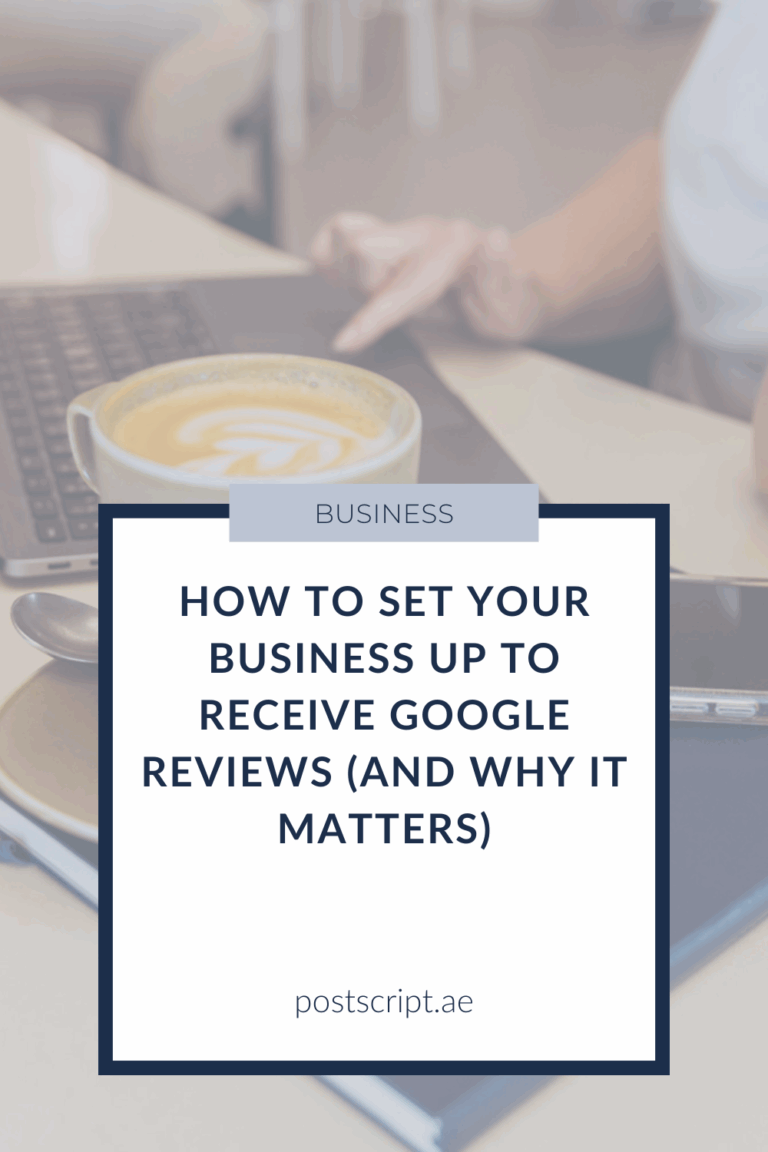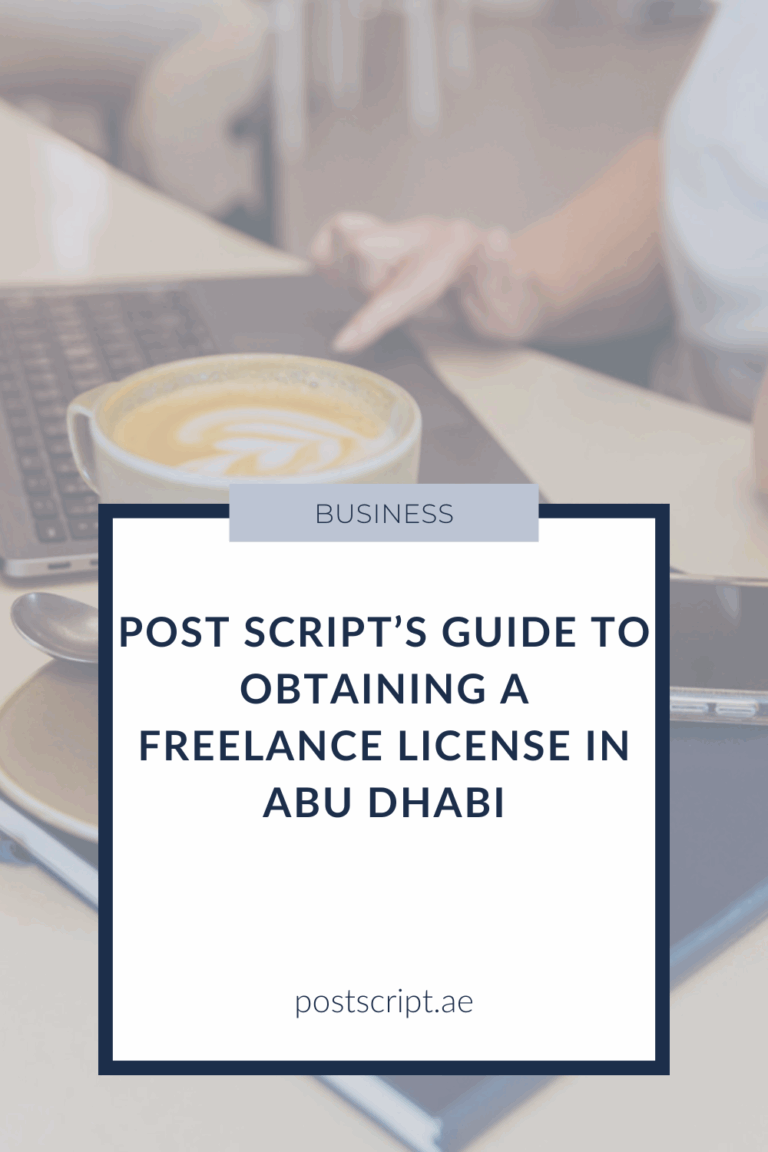Choosing the Right Payment Gateway for Your Business in the UAE
If you’re a small business owner in the the UAE and you are selling online or at market, chances are that you are using, or would like to use a system for receiving electronic payments from your customers. You may also be a service-based business looking to make payment for your clients a touch easier… Whatever the case may be, I am sure that choosing the right payment gateway might feel like navigating a maze. The choices are many, the technical jargon may be overwhelming, and the stakes are high. After all, your payment system plays a crucial role in your customers’ experience, and a substantial one in your business’s bottom line as well.
How do you even begin to make the right decision? Start by understanding your business needs. Are you selling exclusively online? Do you also attend markets or trade shows? What currencies do you need to support? These factors, among others, determine which payment gateway is the best fit for you. To help, this guide includes a step-by-step approach to assess your needs, detailed reviews of six of the top payment gateways in the region, and a printable worksheet to organize your thoughts. Let’s help simplify the process and find your perfect payment partner!
Step 1: Assess Your Business Needs
Before diving into specific payment gateways, take a moment to evaluate your business. Answer these key questions:
- What kind of business do you run? Are you exclusively e-commerce, or do you also sell at markets or have a physical storefront? Maybe you are a service-based business and don’t have either a storefront, market presence, or an e-commerce, but still need to collect payments.
- What is your average monthly sales volume? Knowing this helps you compare fees and plans for different gateways.
- Where are your customers located? Are they primarily local, regional, or international? This determines your need for multi-currency support.
- What currencies do you plan to accept? Some gateways specialize in local currencies, while others support a wide range of international options.
- What platforms do you use to sell? Shopify, WooCommerce, and social media integrations are common considerations.
- How much technical expertise do you have?nSome gateways are plug-and-play, while others require technical setup and maintenance.
To help you organize these thoughts, download our free printable Payment Gateway Needs Assessment Sheet and use it as a reference while exploring payment gateways.
Step 2: What Are Payment Gateways and Why Do They Matter?
Payment gateways act as the middleman between your customer’s payment and your bank account. They securely process transactions, enabling you to accept payments through credit cards, debit cards, and sometimes even mobile wallets or bank transfers.
However, not all payment gateways are created equal, so it’s essential to narrow down your specific requirements. Here’s what to consider:
- Compatibility: Ensure the gateway integrates seamlessly with your e-commerce platform, Point-of-Sale (POS) system, or invoicing tools. For example, Stripe integrates well with Shopify, while Telr is ideal for smaller, local setups.
- Currency Support: Does the gateway handle your target currencies? If you’re dealing with international clients, multi-currency support is a must.
- Ease of Use: Can you or your team easily manage the gateway without extensive technical knowledge? User-friendly dashboards and processes are critical.
- Cost Efficiency: Compare setup fees, transaction charges, and monthly costs. Choose an option that aligns with your sales volume and profit margins.
- Safety and Licensing: A good payment gateway should prioritize security for both your customers and yourself. Gateways licensed and regulated by authorities, like Ziina, which is licensed by the Central Bank of the UAE, offer added peace of mind. Look for robust fraud protection, Payment Card Industry (PCI) compliance, and secure encryption technologies.
- Customer Experience: Does the gateway offer a smooth, user-friendly checkout experience? Complicated or lengthy payment processes can lead to cart abandonment.
- Local and International Reach: Determine whether your gateway caters to your client base, whether they’re in the UAE, across the MENA region, or globally.
When choosing a gateway, prioritizing those with government backing or strong regulatory compliance ensures reliability and trustworthiness. This is especially crucial for businesses just starting out, where customer trust can make or break your brand.
Step 3: Exploring Payment Gateway Options in the UAE
Now that you have clarity on your needs, let’s explore the top payment gateways in the UAE, highlighting their reach, features, pros, and cons.
1. Stripe
Reach: Global
Currency Support: Supports over 135 currencies
Fees: 2.9% + 1 AED per transaction for domestic cards
Ease of Setup: Highly user-friendly; integrates easily with platforms like Shopify and WordPress.
Top Pro: Multi-currency support and a robust API for customization.
Top Con: Slightly higher fees than regional alternatives.
Stripe is perfect for businesses looking for flexibility, international reach, and a sleek, modern interface. Plus, its PCI compliance ensures top-notch security for you and your customers.
2. Ziina
Reach: UAE-focused, though cross-border functionality is in development.
Currency Support: AED; non-AED transactions incur an additional 1.5% fee.
Fees: Up to 2.9% + 1 AED per transaction for AED payments.
Ease of Setup: Simple and straightforward, ideal for small businesses.
Top Pro: Licensed by the Central Bank of the UAE, ensuring strong regulatory backing.
Top Con: Limited to UAE businesses with no cross-border functionality.
Ziina is ideal for entrepreneurs and small businesses serving local customers. Its local licensing and focus on the UAE market make it a trustworthy choice.
3. PayTabs
Reach: MENA region
Currency Support: Supports local and global currencies (AED, SAR, USD, EUR, etc.).
Fees: Starts at 2.85% + 1 AED per transaction; some plans include setup costs.
Ease of Setup: Moderate; integrates with Shopify, WooCommerce, and more.
Top Pro: Strong regional presence with tailored solutions for MENA businesses.
Top Con: Setup can be cumbersome and may take time.
PayTabs is great for businesses with a strong presence in the MENA region, offering both local expertise and global currency support.
4. checkout.com
Reach: Global
Currency Support: Supports over 150 currencies.
Fees: Custom pricing, typically higher for advanced features.
Ease of Setup: Requires technical expertise for full functionality.
Top Pro: Best for larger businesses with advanced payment needs.
Top Con: Complexity and cost make it unnecessary for small businesses.
checkout.com is ideal for enterprises and tech-savvy businesses that require advanced features and global reach.
5. Telr
Reach: MENA region
Currency Support: AED, SAR, USD, among others
Fees: The base plan for sales volumes up to 20,000 AED monthly starts at 349 AED/month with no transaction fees.
Ease of Setup: Simple plug-and-play integrations.
Top Pro: Offers invoicing and SMS payment options, ideal for small businesses, and service-based businesses.
Top Con: Limited scalability for larger or high-complexity businesses.
Telr is perfect for businesses looking for straightforward solutions with predictable monthly costs.
6. Magnati
Reach: UAE-focused with a strong MENA presence.
Currency Support: AED and select regional currencies.
Fees: 0.99% to 2.5% per transaction.
Ease of Setup: Requires business documentation and approval; streamlined for First Abu Dhabi Bank (FAB) customers.
Top Pro: Backed by FAB, ensuring seamless banking integration.
Top Con: Fewer tools for businesses looking to expand globally.
Magnati is an excellent option for UAE businesses already banking with FAB, offering regulatory backing and integration.
Step 4: Making Your Decision
With the information above and your Payment Gateway Business Needs Assessment Sheet in hand, you’re now better equipped to make an informed decision about the payment gateway that best aligns with your business needs. Remember to focus on what matters most for your specific business model, prioritize security, especially gateways licensed by trusted authorities, and don’t hesitate to reach out to providers (even those not in this list) with questions… they often have account managers who can walk you through their plans and processes without too much of a sales pitch.
Final Thoughts
Choosing the right payment gateway definitely has the potential to feel daunting, but it’s also an opportunity to set your business up for seamless, secure, and scalable success… and I hope this post has helped you gain a better understanding of the different systems available in the UAE. A tiny word of caution, as with almost every type of system that offers a solution out there, no single solution fits all. What works for a web-based store might not work for a market vendor, and that’s okay. Take your time, and weigh your options.
If you’ve found this guide helpful, share it with a fellow entrepreneur or save it for future reference. And if you still have questions, feel free to reach out, I’m here to help!




